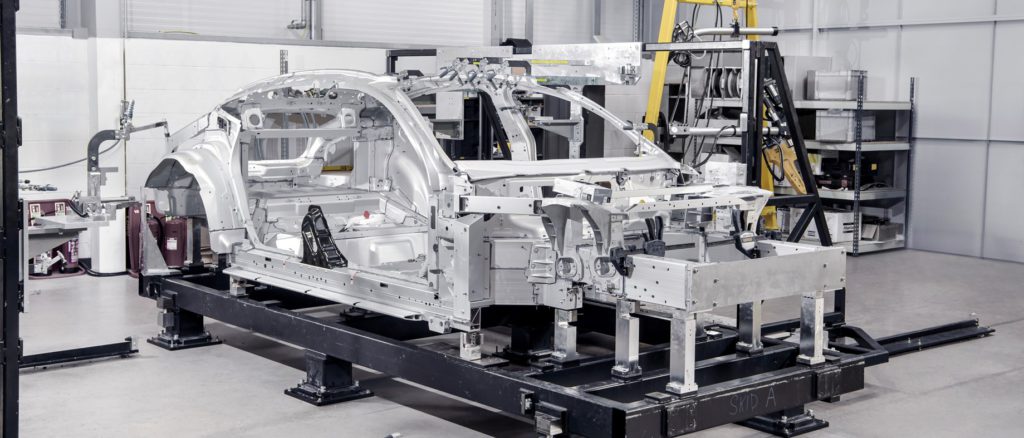What does the 2035 EU internal-combustion engine ban mean for the automotive industry?
18 May 2022

The European Union (EU) is drafting new legislation, titled ‘Fit for 55’ that will see an effective ban on the sale of new petrol and diesel vehicles from 2035. The regulations recently cleared a big hurdle with the European Parliament’s environment committee backing the plans. But what do the regulations mean for the automotive industry, and what impact might they have? Autovista24’s Phil Curry and Tom Geggus discuss the proposals.
Show notes
European Parliament: Fit for 55: MEPs back CO2 emission standards for cars and vans
ACEA: Position paper – Proposal for revision of the CO2 targets for cars and vans
ACEA: Fact sheet – Review of CO2 targets for cars and vans
Transport & Environment: MEPs opt for weak car targets in blow to affordable EVs and the climate
EV charging infrastructure needed for 14,000 public charging points per week, ACEA finds
CO2 emissions performance standards of cars and vans
ICCT briefing: Fit for 55 review
European Commission: Fit for 55
CLEPA: An EV-only approach would lead to the loss of half a million jobs
Podcast synopsis
Electrification of the automotive industry is continuing at a rapid pace, driven partially by European regulations. The Fit for 55 plans will have the biggest overall impact. Stricter emission reduction targets look to wipe out the potential for new internal-combustion engine (ICE) passenger car and van sales by 2035.
Fit for 55 was announced in 2021, as a proposal to reduce the EU’s total greenhouse gas emissions by 55% from 2035. It is not just directed at the automotive industry, but at all markets, and is expected to be ratified in the coming months. But to get to this stage, they need to pass a series of votes by different committees within the European Commission. The most difficult vote was expected to come from the environmental committee, which has a broader overview of the requirements needed to reduce carbon emissions in Europe.
The committee was tasked with approving its position on the rules within Fit for 55 to revise emissions targets. Currently, the Commission is looking at a 25% reduction in passenger-car emissions compared to 2021 levels by 2025, and a 37.5% reduction by 2030. The new proposals call for a 55% reduction by 2030, and a 100% drop in 2035, all but ending the sale of ICE vehicles. The final vote was close, with 46 votes in favour, 40 against, and two abstentions.
The committee’s report also backs several other proposals. This includes removing the incentive mechanism for zero- and low-emission vehicles (ZLEVs) and the establishment of an annual report on progress towards zero-emission mobility from 2025. Another proposal outlines a 2023 report from the Commission, detailing the need for targeted funding to ensure a just transition and to mitigate negative employment and other economic impacts. The final supported proposal includes a 2023 common EU methodology for assessing the full life-cycle of CO2 emissions from cars and vans.
The automotive industry has had its say, suggesting that while the targets are acceptable, more needs to be done to ensure a smooth transition. This includes targets for the installation of infrastructure, including electric-vehicle (EV) charging points and hydrogen infrastructure. According to the European Automobile Manufacturers’ Association (ACEA), a €280 billion investment is needed to bolster Europe’s private and public charging infrastructure. This means the EU has to install 14,000 public-charging points per week to reach climate goal targets by 2030. Currently, some 2,000 public chargers are installed weekly.
Meanwhile, environmental agencies have suggested that the 2030 reduction target of 55% is too lenient. The green groups want to ensure carmakers can meet the 100% reduction by 2035, meaning an emissions reduction of 70% is required by 2030 instead. The International Council on Clean Transportation (ICCT) has also recommended that an annual target is established after 2025 to ensure a better transition.



